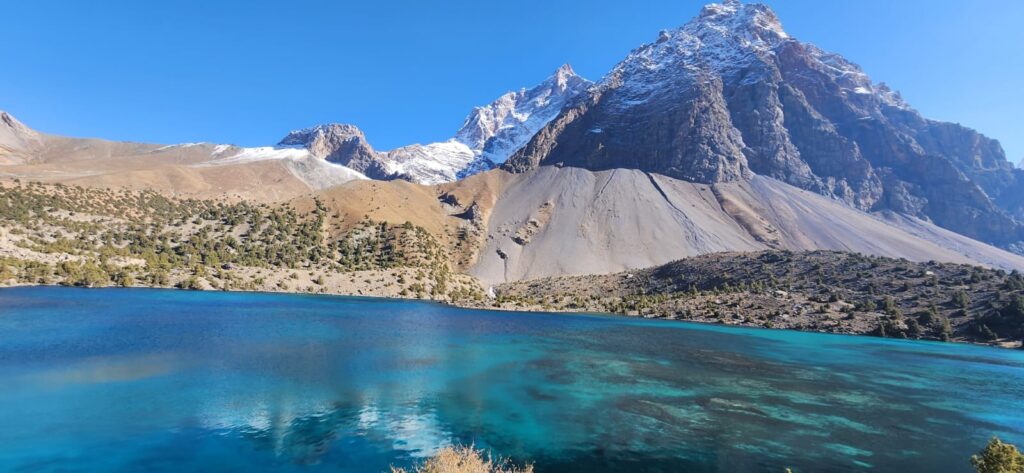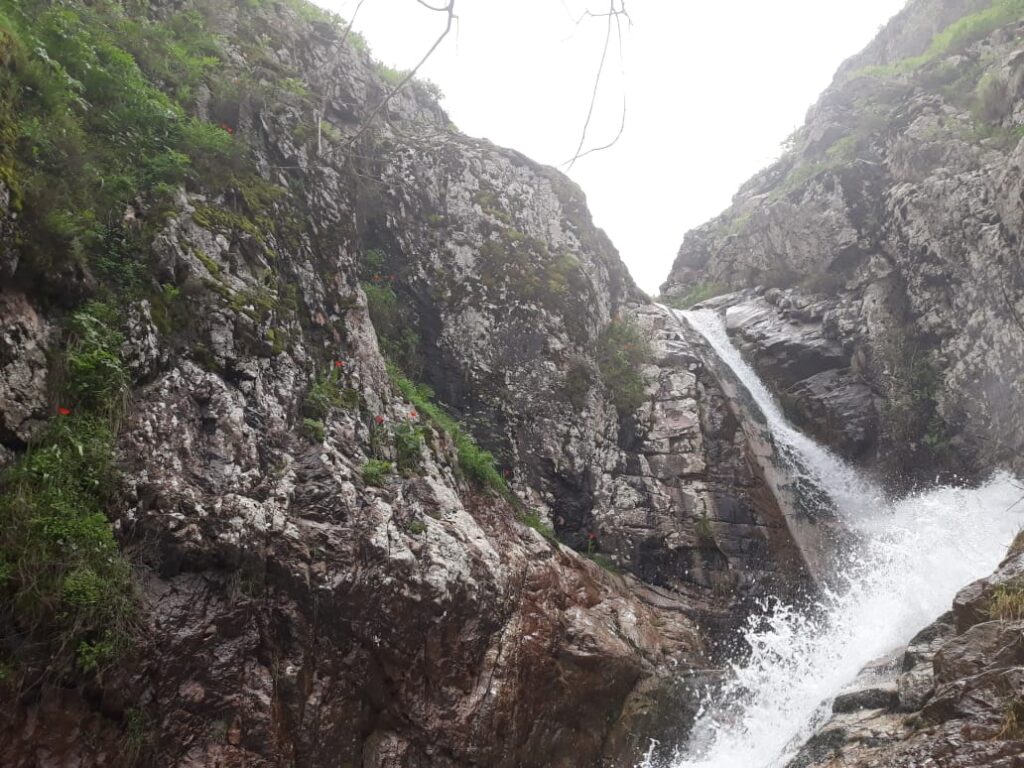People leave villages quietly. A son departs with a suitcase for Dushanbe; a daughter follows relatives to Moscow. Fields are left with fewer hands to weed them, houses stand with one shutter closed, pastures go untended. In Tajikistan, rural migration is not an exception but a way of life, reshaping both families and landscapes in ways that are visible to anyone who walks through a village street or looks at the hills above.
Migration has deep roots here. Soviet campaigns once sent young Tajiks to work in factories or collective farms in other republics. Independence brought another pattern: men leaving for Russia, seeking wages that the land could no longer provide. Today, remittances form nearly a third of the national economy (World Bank, 2015). The money builds new houses in villages, pays for weddings, buys tractors. But absence also leaves marks less easy to measure.
Fields go fallow where labor is short. Terraces crumble without maintenance, irrigation canals clog with weeds, and pastures grow overgrazed as remaining families crowd livestock onto smaller plots. Elders recall when entire communities worked together to clean canals or harvest grain. Now they speak of fewer hands, fewer voices, fewer songs sung at threshing. “The land misses its people,” one farmer in Khatlon tells a local journalist. His words sound poetic, but the evidence is visible in cracked furrows and abandoned orchards.
Migration is often framed in numbers: remittances counted, populations tallied but in Tajikistan it is inscribed into the soil itself. Hillsides show the absence of herders; canals mirror the absence of cleaners; houses echo the absence of voices. The landscape itself becomes testimony, carrying silence where once there was work and laughter.
The paradox is stark. Migration sustains villages economically even as it hollows them socially. New houses with tiled roofs rise on the edges of fields, built with money sent from Moscow, yet their windows stay dark for months at a time. Children grow up with fathers away, learning stories of Russia before stories of their own valleys. Women shoulder both household and farm, their labor doubled. Some adapt with resilience, forming cooperatives and sharing tasks; others struggle with exhaustion and debt.
Environmental effects unfold quietly. Where labor is scarce, fallow fields revert to scrub, sometimes improving biodiversity, sometimes spreading weeds. Abandoned orchards attract pests; neglected canals leak water into saline soils. Livestock herds shrink in some places but swell in others where migration leaves land management uneven. The result is a patchwork: some landscapes abandoned, others pressured, all marked by movement.
Migration also reshapes cultural relationships with land. In villages along the Zarafshan, young men who return for summer visits speak less of farming and more of city life. Their skills shift toward construction, trade, or services, leaving agricultural knowledge thinner in the next generation. “Our children no longer know when to cut alfalfa,” an elder laments in Rasht. This erosion of knowledge is as significant as soil erosion, threatening the continuity of practices that sustained mountain agriculture for centuries.
Climate stress compounds the story. Droughts and floods push families to send more members abroad, while remittances in turn allow some adaptation: buying irrigation pumps, reinforcing houses, or planting new crops. Migration becomes both a symptom and a response to environmental change, tying Tajikistan’s landscapes to global labor markets.
Yet there are also moments of renewal. Return migrants bring back skills and capital. Some invest in orchards of apples or apricots; others start small businesses. In Gissar, one family transformed remittance income into a greenhouse enterprise, producing tomatoes year-round. Their neighbors follow, shifting the village economy. The land changes not only through neglect but also through reinvestment, a dynamic more complex than decline alone.
Standing in a village square on a winter evening, one sees both absence and presence. Houses lit with remittance money stand beside empty courtyards. Elderly men sit at the teahouse, telling stories of sons abroad. Children play in the dust, their futures uncertain, their imaginations already reaching beyond the mountains. The migration is not invisible; it is inscribed into the architecture, the agriculture, the atmosphere.
The landscape of Tajikistan carries these marks openly. To drive through Khatlon or Rasht is to see fields half-tended, orchards overgrown, new houses standing bright and empty. Migration is written into the soil, the walls, the weeds, the silences. It is a geography of movement and absence, survival and change, one that connects remote villages to distant cities in ways both sustaining and unsettling.
References
- World Bank. (2015). Migration and Development Brief: Tajikistan Country Profile. Washington, DC: World Bank.
- Olimova, S., & Bosc, I. (2014). Labor Migration from Tajikistan: Drivers and Impacts. Eurasian Studies Journal, 6(2), 112–130.
- UNDP. (2016). Migration and Sustainable Development in Central Asia: Case of Tajikistan. Dushanbe: United Nations Development Programme.








